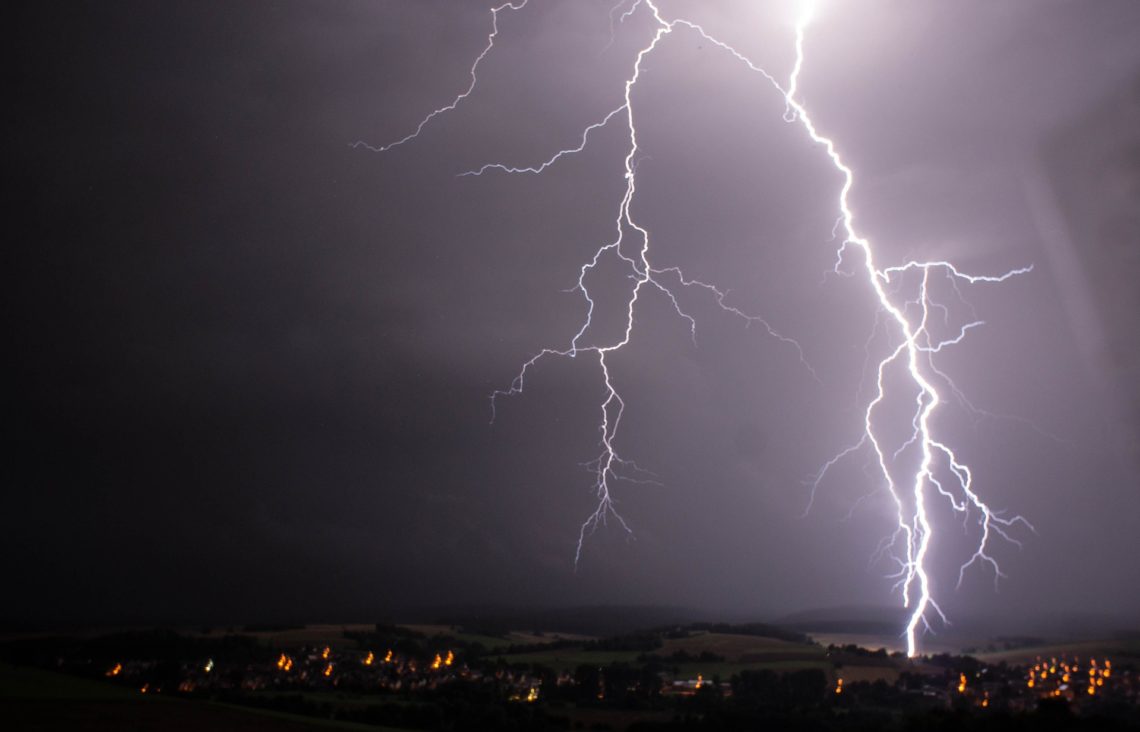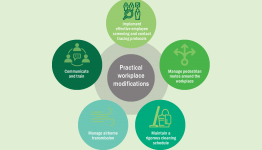06 December, 2017

The arrival of storm season is a good time to brush up on storm safety principles for your workplace. There are numerous fatalities and injuries throughout Australia every year that can be directly attributed to thunderstorm activity. Many of these tragedies take place at work and could be avoided with proper thunderstorm risk procedures in place.
As an employer, it is your responsibility to identify and manage risks associated with storm activity. A storm presents many risks to workers, however one of the most significant is lightning strikes. The team at Dohrmann Consulting are always impressed by the beauty of lightning, however we are not lightning safety experts. But Grant Kirkby (also known as ‘Lightning Man’ – and yes, he has a cape!) is a Lightning Risk Mitigation specialist, so we approached him for some advice on what employers should be aware of when assessing and managing lightning risk in their workplace.
This article on Grant’s website is a good overview of lightning safety procedures. It covers:
– How to determine if there is a lightning risk;
– What and where to avoid if there is a lightning risk;
– Who is most at risk;
– The nature of the risk;
– What to do if a lightning strike occurs.
Lightning and storm safety is often a forgotten aspect of workplace safety. As Grant says, if we see a shark in the ocean we get out of the water immediately, but we are often too relaxed about the threat posed by lightning, and do not seek adequate shelter soon enough. Always remember: nowhere outdoors is safe from lightning. The vast majority of people killed or injured by lightning were outside at the time of the strike.
Implementing a lightning risk assessment procedure has the very real potential to save lives.
Keep in mind this information is general in nature, and not customised to any specific workplace or environment. If you need more specific information about managing lightning risk in your workplace, Grant provides a range of services, training and products to help you.








